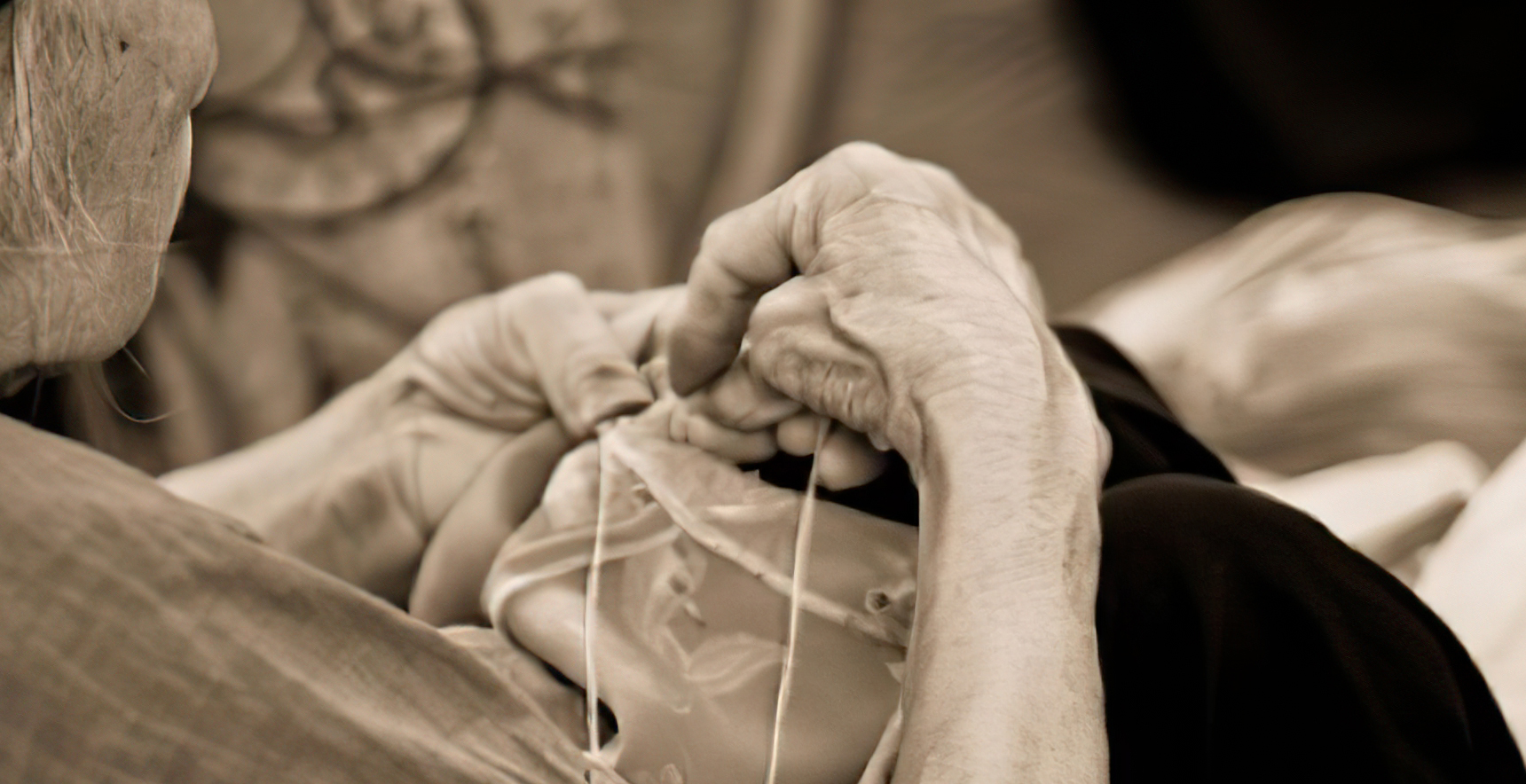The old man’s life after his wife died

Open the article
Elias, at 84, was a man whose hands had known a lifetime of work, but the project he stood beside was perhaps the most meaningful. After his beloved wife, Clara, passed away two years prior, a suffocating silence had settled over his workshop, broken only by the echo of his own heavy sigh.

Everything in their home felt like a relic of her presence, especially the beautiful, old Singer sewing machine that had been Clara’s constant companion for sixty years. It was on that machine she had stitched every dress for their daughters, every curtain for their windows, and every single mend on his worn work clothes. The sight of it, untouched and silent in the corner, had become too much for Elias to bear. So, he devised a plan: he wouldn’t discard the machine, he would honor it. He spent weeks meticulously dismantling the cast-iron base, carefully sanding and refinishing the dark walnut wood, pouring his grief and his devotion into every single detail. The chair he created wasn’t just furniture; it was a sculpture of memory, transforming the rigid iron frame of the machine into the ornate, elegant rockers and arms of a magnificent chair. The round flywheel, once used to power Clara’s needle, now formed the striking, powerful centerpiece of the chair’s backrest. This piece of art, blending solid wood with the delicate, swirling ironwork, was Elias’s final, beautiful act of love and tribute to the woman who had filled their lives with warmth.

Now, standing proudly beside his creation, Elias’s kind face, lined with years of shared history, radiated with a humble but undeniable sense of accomplishment. The chair was strategically placed on their front porch, positioned perfectly to catch the afternoon sun, just as Clara always loved. When the light hit the polished ironwork and the smooth, newly finished wood, the chair seemed to tell a silent story of transformation—of how sorrow could be forged into beauty, and how history could be repurposed into comfort. Every time he lowered himself into the chair, the gentle, familiar squeak of the old iron, now a rocker, was a comforting sound—it wasn’t the sound of sewing, but it was the sound of Clara’s presence, rocking gently beside him. He extended his request—asking others to simply “judge his work”—not for validation, but for connection, a way to share the enduring legacy of his marriage with the world. He wanted everyone to see that the objects we use are never just objects; they are vessels of love, labor, and irreplaceable memories. This beautiful rocker, born from an old sewing machine, became Elias’s new anchor, his final, tangible proof that true love never wears out; it just finds new, stronger ways to stay. It was a rocking chair made of devotion, and it promised to hold all the stories of their long life together.











